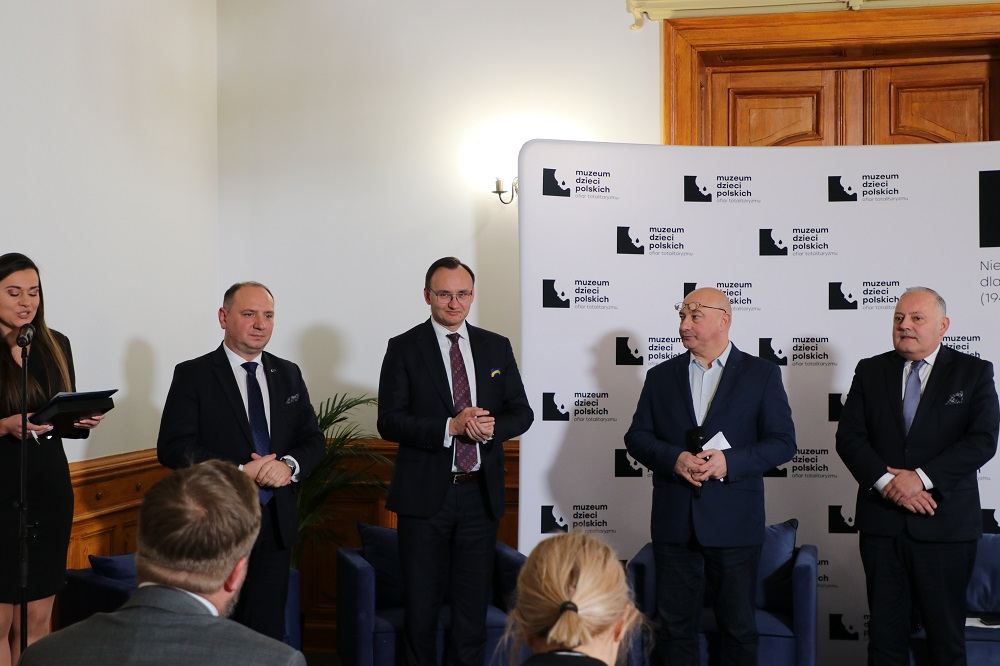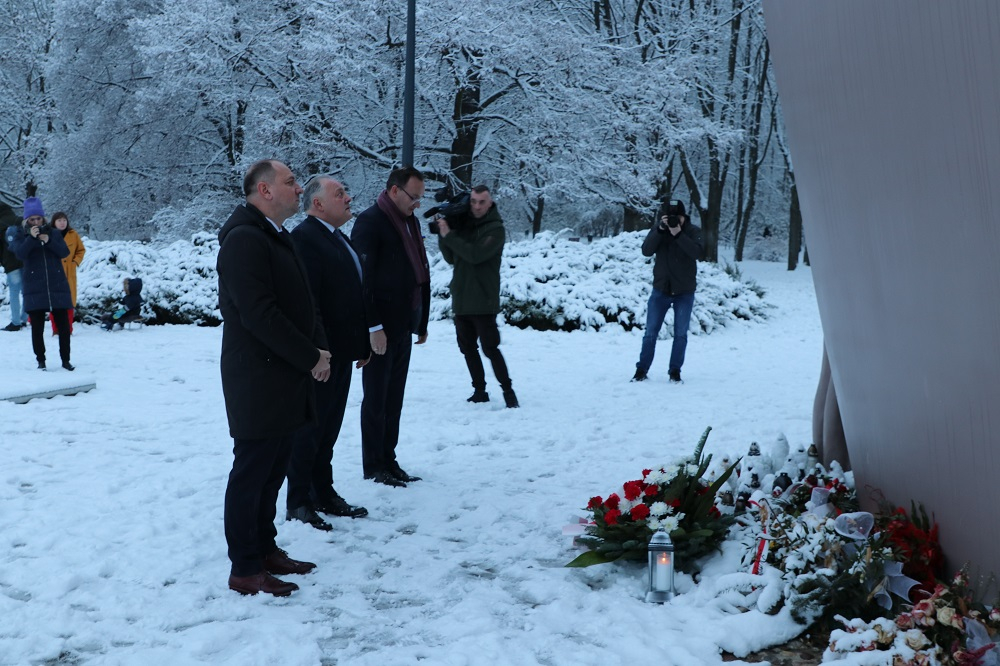PGE became a new patron of the Museum of Polish Children – Victims of Totalitarianism. As a part of cooperation, they want to spread knowledge about the German labour camp for Polish children on Przemysłowa Street in Łódź.
PGE Polska Grupa Energetyczna supports initiatives related to the cultivation of historical memory. Every year, PGE joins the celebrations of the anniversary of the Warsaw Uprising by organizing the “Power engineers in the Uprising” ceremony in tribute to the power engineers from the Warsaw Power Plant in Powiśle.
Since 2016, PGE has also been a partner of the Warsaw Uprising Museum, and since July 2020 its Strategic Partner. PGE is the patron of the Museum’s original program “Family Meetings with History”, the aim of which is historical education and passing on the testimony of the Warsaw Uprising to young generations through family visits.
PGE also carries out activities related to historical memory with the help of the PGE Foundation. In 2021, the group became a patron of the Virtual Museum of the Polish Underground State. The PGE Foundation also runs the “Tables of Remembrance” project that restores the memory of the Tchorek memorial plaques in Warsaw, commemorating the places of execution of Poles during World War II.
On November 24, a special debate devoted to commemorating Polish children from the German labour camp for Polish children on Przemysłowa Street in Łódź took place.
“In June 1942, the Germans excluded a parcel of five hectares from the Litzmannstadt Ghetto and designated it for construction of a labour camp for Polish children. The exclusion zone in the ghetto was delineated within the block of the current streets: Górnicza (Robert Straße), Emilii Plater (Max Straße), Bracka (Ewald Straße) and Przemysłowa (Gewerbe Straße). Many of the children imprisoned in the camp were classified by the Germans as the offspring of “dangerous bandits”, which meant that their parents or guardians were members of the Resistance. The occupant also employed the unjustified term of “anti-social element”, equivalent to the German Asoziale. It was used in the camp to denote, among others, criminal offenders as well as loafers, street pedlars, hooligans, thieves, and even fare dodgers and people who did not comply with the curfew or who avoided working. Also children with slight mental or physical impairments ended up in the camp. Among the inmates were also the progeny of people who did not assume German citizenship or were Jehovah’s Witnesses.
credits to lodz.ipn.gov.pl
After the debate, conference participants went to the “Broken Heart” Children’s Martyrdom Monument to lay flowers.



